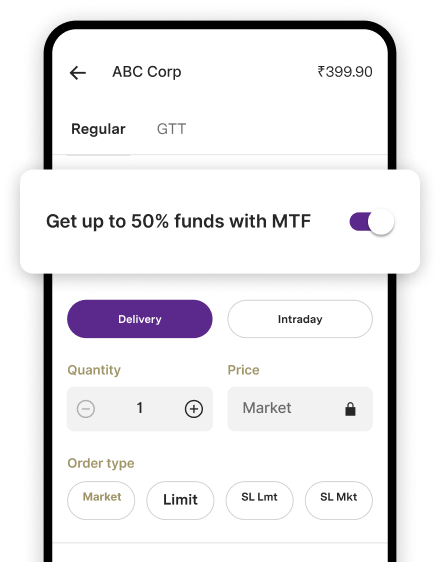What to consider before building an emergency fund?
What is an emergency fund?
Steps for setting up an emergency fundHere are the steps you can follow and have the funds necessary to cover any unexpected expenses:
-
Define your emergency fund goal: The first step in setting up an emergency fund is to define the goal. Consider how much money you need to save to cover any unexpected expenses.
-
Figure out how much you can save every month: Next, determine how much money you can save each month towards your emergency fund. Consider your current income and expenses, and decide on an amount you can save without compromising other important goals.
-
Open a high-yield savings account: You should open a high-yield savings account dedicated to your emergency fund. This type of account will earn more interest than a traditional savings account, and the funds will be easily accessible in case of an emergency.
-
Automate your savings: Automate your savings to ensure you are consistently adding to your emergency fund. You can set up an automatic transfer from your checking account to your savings account regularly.
-
Adjust your fund according to your needs: As your financial situation changes, you may need to adjust the amount of your emergency fund. Make sure your fund is adequately-funded to cover any unexpected expenses.
-
Conclusion
Disclaimer
Never miss a trading opportunity with Margin Trading Facility
Enjoy 2X leverage on over 900+ stocks

